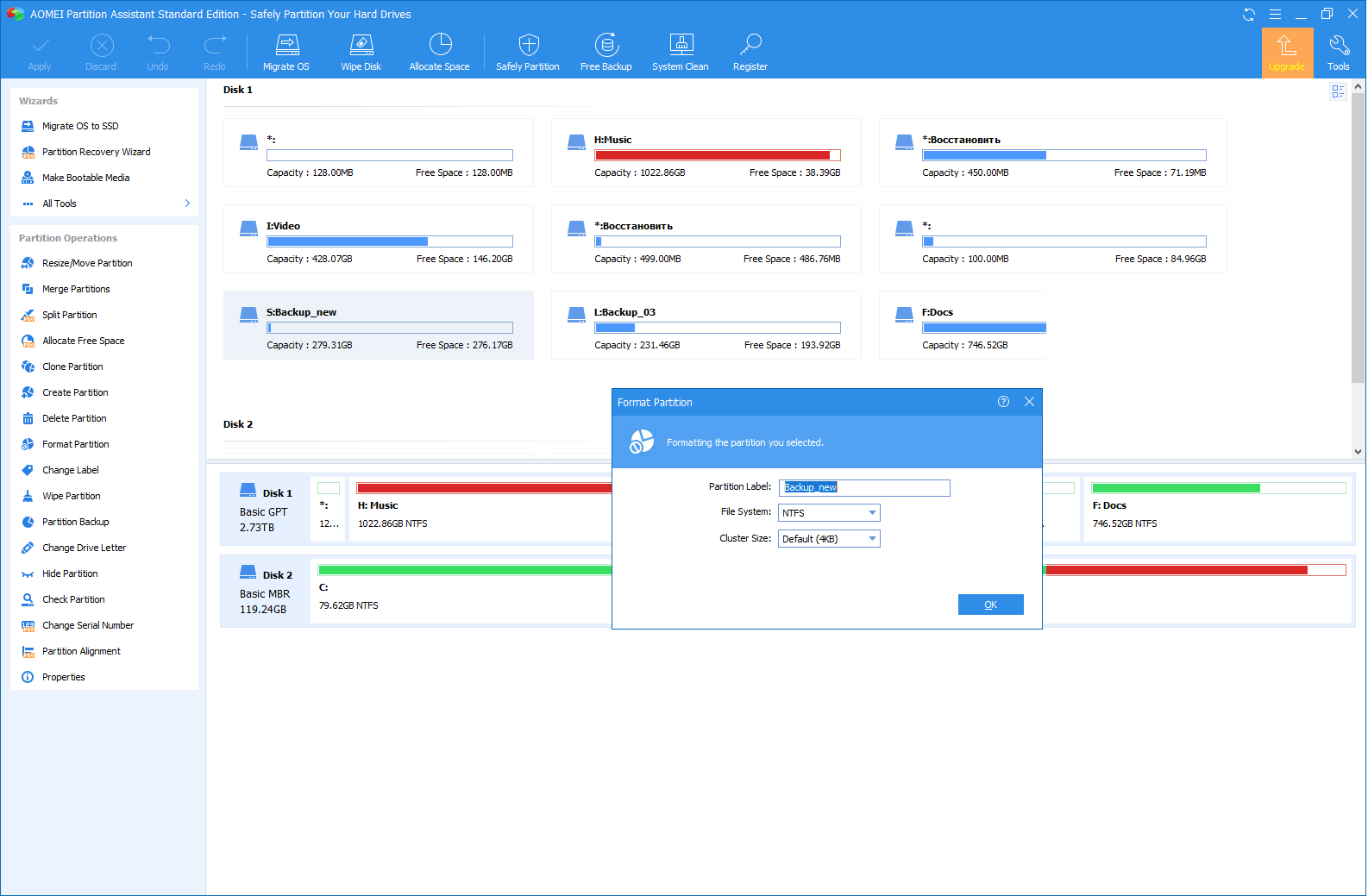
/ElCapDiskUtilCasey-56aa83af3df78cf772b34e69.jpg)
And exFAT32 has a limit on file size, while exFAT supports maximum partitions and can also store files larger than 4GB. If you want the drive to be compatible with Mac and PC, you will need to format the drive for both systems. If you need to back up any information on the drive, first connect your drive to a computer that does recognize the drive and transfer the data to a new storage device. The best file formats supported on Mac and Windows are exFAT - Wikipedia and FAT32. Choose "Mac OS Extended (Journaled)" to use the default Mac file system format. Click the "Format" drop-down menu and select the format you want to use. Select your hard drive from the list and click the "Erase" tab. Restart "Disk Utility" if you had to restart your computer to perform a repair and you still don't see your drive. You may need to restart your computer and follow the prompts to complete the repair.Ĭlick the "Finder" icon in the Dock and look for your drive in the sidebar. If the operating system already mounted the drive, an "Unmount" button displays instead.Ĭlick the "First Aid" tab and select "Repair Disk," if available.

Select your hard drive, optical drive or other attached drive in the sidebar. Click "Go" and select "Utilities" from the drop-down list. Click the background to bring up the Finder menu in the the top bar. Once you plug in your Mac disk, behind the scenes MacDrive works to seamlessly enable Windows understand HFS+ disks and allow you to read and write to the.


 0 kommentar(er)
0 kommentar(er)
